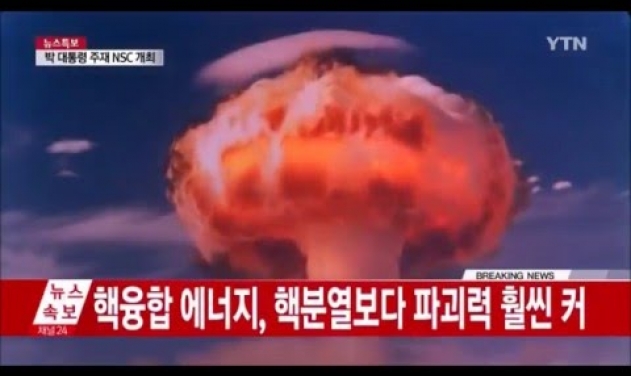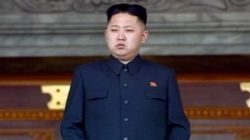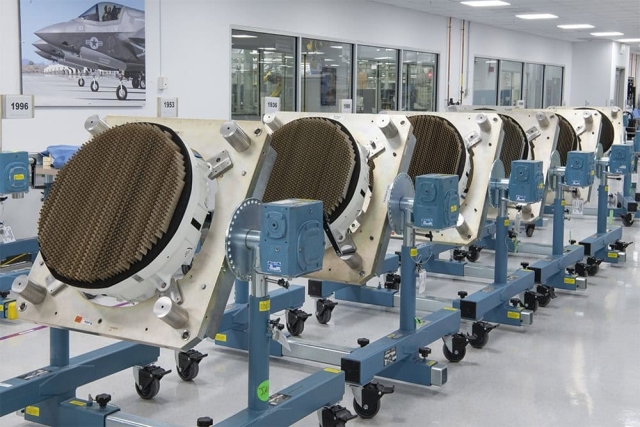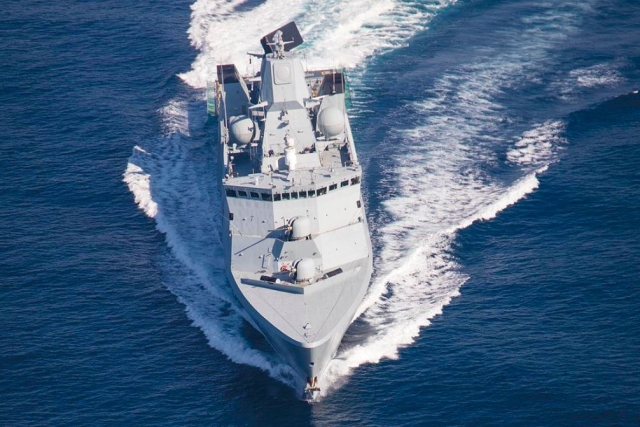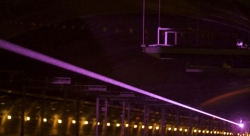China Tests Hydrogen-Based Bomb Generating White-Hot Fireball of 1,000 Degrees Celsius
Magnesium hydride-powered device produces extended blast heat in controlled test without using nuclear materials

Chinese defense scientists have tested a hydrogen-based explosive that generates a fireball exceeding 1,000 degrees Celsius, according to a study published in the Journal of Projectiles, Rockets, Missiles and Guidance.
The 2-kilogram bomb, capable of producing extreme thermal damage without using nuclear materials, was developed by the 705 Research Institute of the China State Shipbuilding Corporation (CSSC), a major player in naval weapons systems. It produced a white-hot fireball exceeding 1,000 degrees Celsius that lasted more than two seconds—15 times longer than the flash of a TNT blast, South China Morning Post reported, citing the journal.
The test, conducted in a controlled field environment, used magnesium hydride, a solid-state hydrogen storage compound. Upon detonation by conventional explosives, magnesium hydride decomposed, releasing hydrogen gas that ignited into a sustained inferno.
“Hydrogen gas explosions ignite with minimal ignition energy, have a broad explosion range, and unleash flames that race outward rapidly while spreading widely,” lead researcher Wang Xuefeng and his team wrote. “This combination allows precise control over blast intensity, easily achieving uniform destruction of targets across vast areas.”
Though the blast pressure at two meters was measured at 428.43 kilopascals—about 40% that of TNT—the weapon’s strength lies in its prolonged thermal effect. The heat was sufficient to melt aluminium alloys and affect a broader radius, raising the possibility of using the weapon to target large areas or high-value military assets with concentrated thermal energy.
The study described how the explosion unfolds in stages: the initial detonation fractures the magnesium hydride into fine particles, releasing hydrogen gas that mixes with air and ignites. The released heat triggers further decomposition of the remaining magnesium hydride, sustaining the fireball in a feedback loop until the fuel is exhausted.
The researchers did not disclose deployment plans or test location but noted that hydrogen-based explosives offer advantages in precision and intensity without the need for radioactive components.
The source of the large quantity of magnesium hydride used in the test was also not identified. However, the study referenced China’s new facility in Shaanxi province that can produce 150 tonnes of magnesium hydride annually using a low-cost “one-pot synthesis” method. This technique, developed by the Dalian Institute of Chemical Physics, addresses safety and production challenges previously associated with the material.
Beyond explosive devices, the CSSC is also investigating hydrogen storage technology for military fuel cells, including those in submarines and long-endurance drones.
